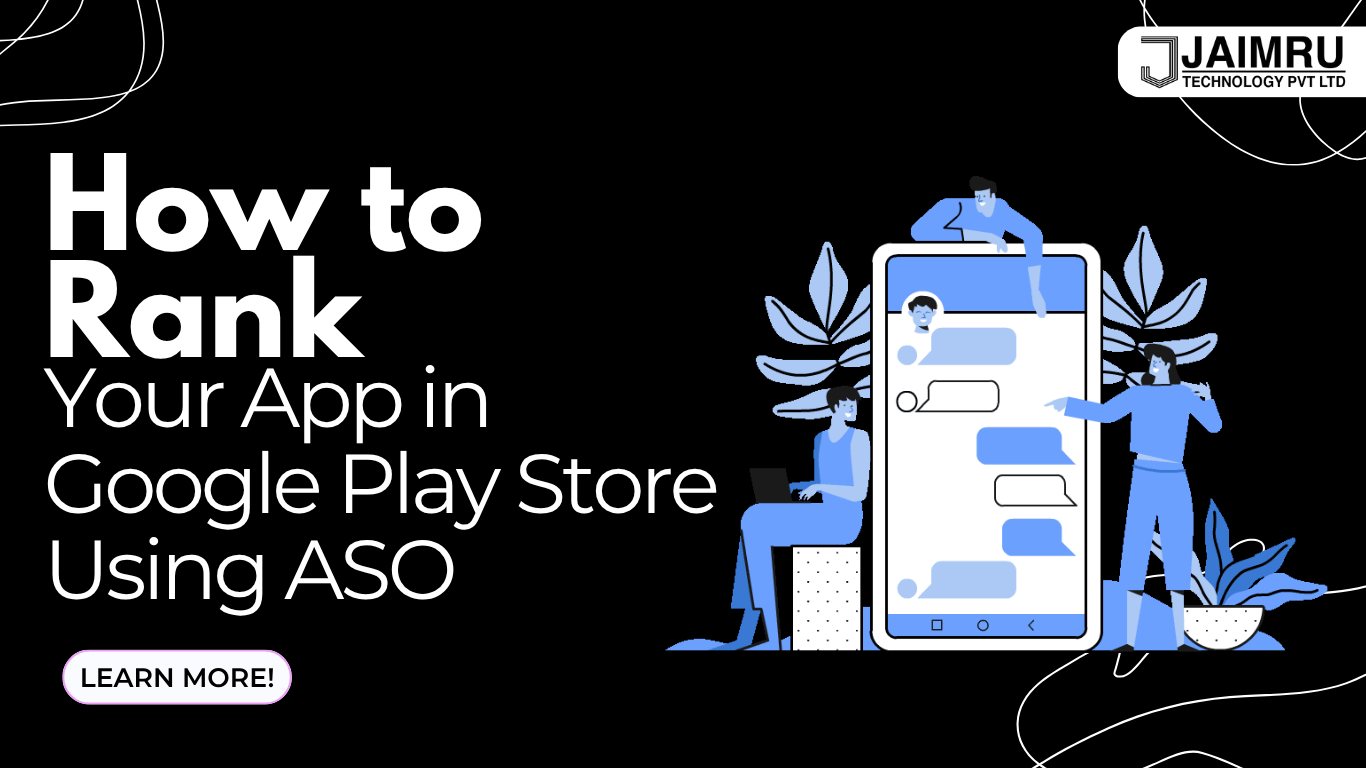
Posted On : 13-05-2025 13:36:00
With the app usage and downloads on the rise, the app ecosystem is becoming more competitive than ever. Chances are, your app may get buried in millions of other apps on the Google Play store. And with so many other app options, even developing the most useful app won’t get you anywhere if your app does not gain exposure to potential users. That is when App Store Optimization, or ASO, becomes useful.
ASO is the practice of correctly positioning various elements of your app listing in order to increase visibility and rankings in app store search results. In this guide, we will describe how to carry out ASO principles correctly in order to increase your app’s ranking and drive more organic downloads through the Google Play Store.
In mobile, App Store Optimization (ASO) is similar to Search Engine Optimization (SEO) in the web world. App Store Optimization takes elements of optimization and focuses them on ranking your app higher in the Play Store search results and top charts in order to drive more downloads.
Google’s Play Store algorithm takes into account several factors including keyword relevance, app performance, download velocity, and user engagement when ranking apps.
The Mistake:
Using irrelevant or low-volume keywords can result in poor discoverability.
Best Practice:
Read more: SEO Keywords: What They Are, Best Practices, and How to Rank in 2025
The Mistake:
A generic app name that lacks keywords reduces search visibility.
Best Practice:
Include your most important keyword in the app title.
For example: `Sleep Tracker: Smart Alarm & Sleep Sounds`
The Mistake:
Wasting the 80-character short description with vague statements.
Best Practice:
Example:
“Track sleep patterns, set smart alarms, and improve your sleep quality naturally.”
The Mistake:
Writing a long description filled with marketing jargon and no keyword strategy.
Best Practice:
The Mistake:
Neglecting the visual elements of your app store listing.
Best Practice:
The Mistake:
Failing to engage with users post-download or ignoring negative feedback.
Best Practice:
Tip: Apps with consistent positive reviews rank higher and gain user trust faster.
The Mistake:
Letting your app stagnate with outdated features or unresolved bugs.
Best Practice:
The Mistake:
Ignoring crash rates, slow load times, or bugs.
Best Practice:
Google uses app performance metrics like ANRs (Application Not Responding) and crash rates as ranking signals.
The Mistake:
Focusing only on downloads without measuring retention.
Best Practice:
Apps with high retention rates tend to rank higher because Google interprets this as a sign of user satisfaction.
The Mistake:
Targeting only English-speaking users.
Best Practice:
Bonus Tip: Track and Measure Your ASO Performance
Use analytics tools to track keyword rankings, conversion rates, and user feedback. Tools like Sensor Tower, AppFollow, and Google Play Console provide valuable insights to refine your strategy.
Ranking your app in the Play Store is an ongoing process; optimization can define discoverability, organic downloads and ultimately user retention - however you need to follow best practice methodology in to do ASO.
You should constantly work on every aspect of the listing; keywords, images, user ratings, performance, etc. Remember that ASO is not solely about discovery, it is also about convincing that user to download and then continue using your app.
Copyright 20-2025 Jaimru Technology Private Limited | All Rights Reserved.